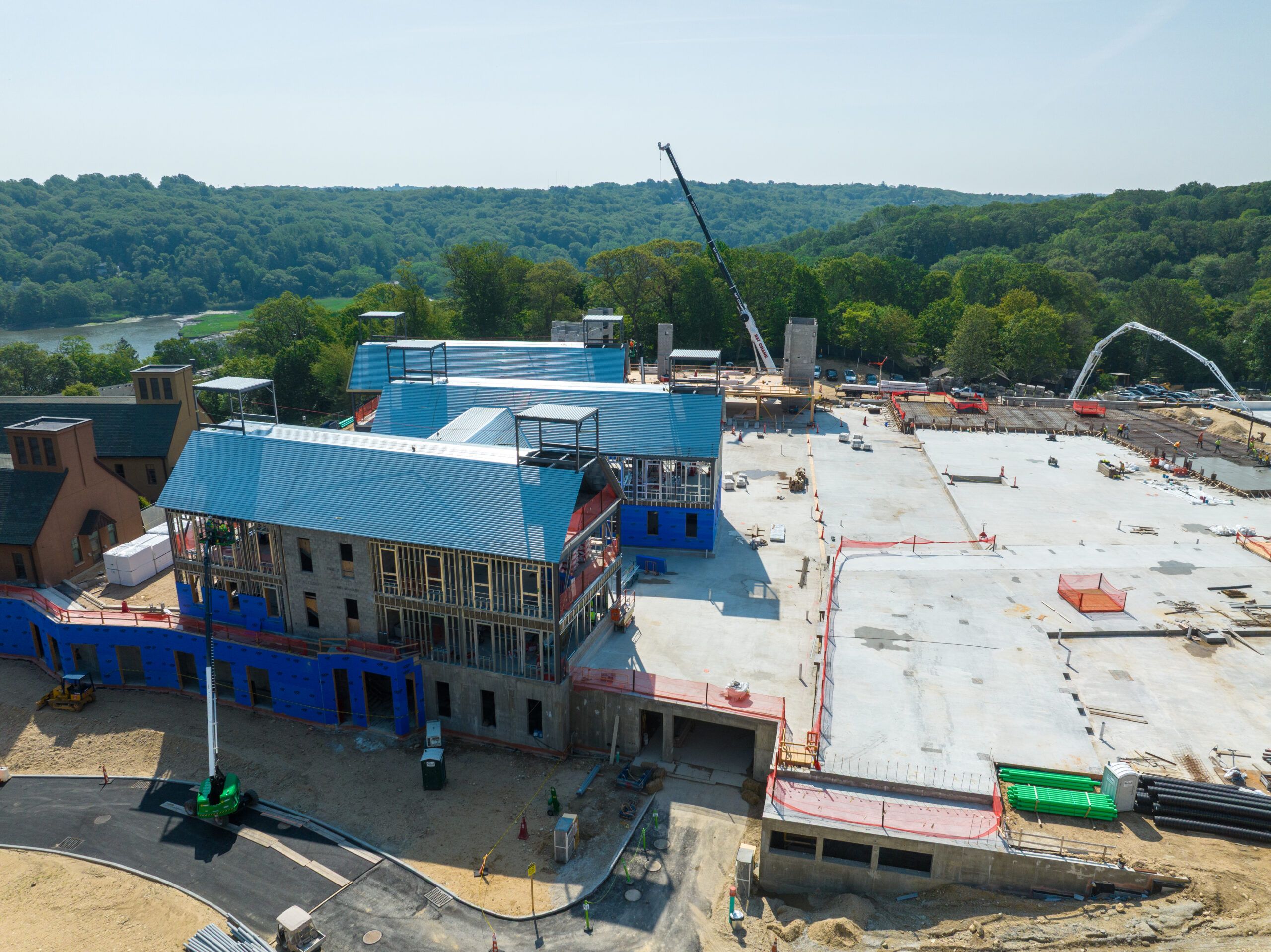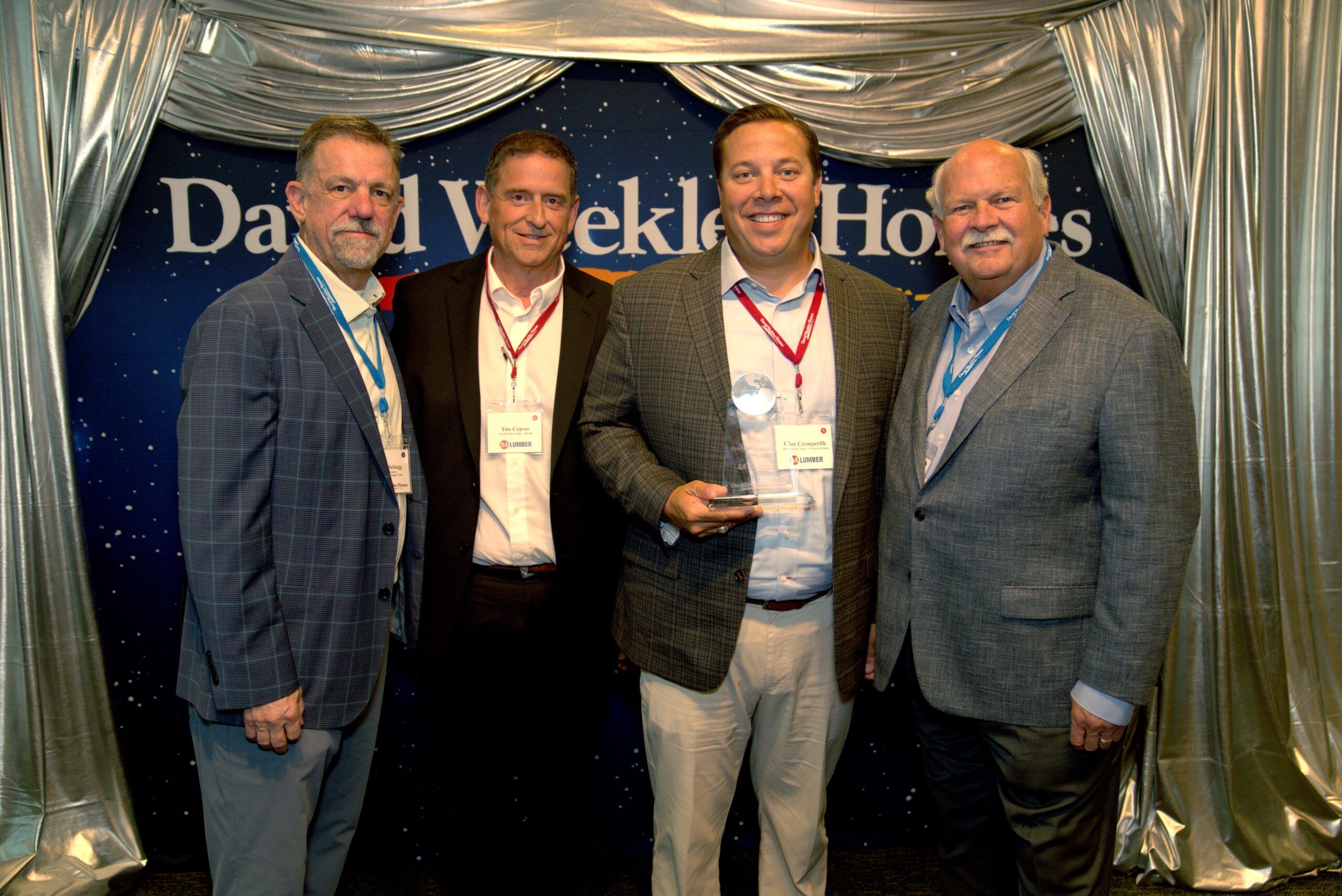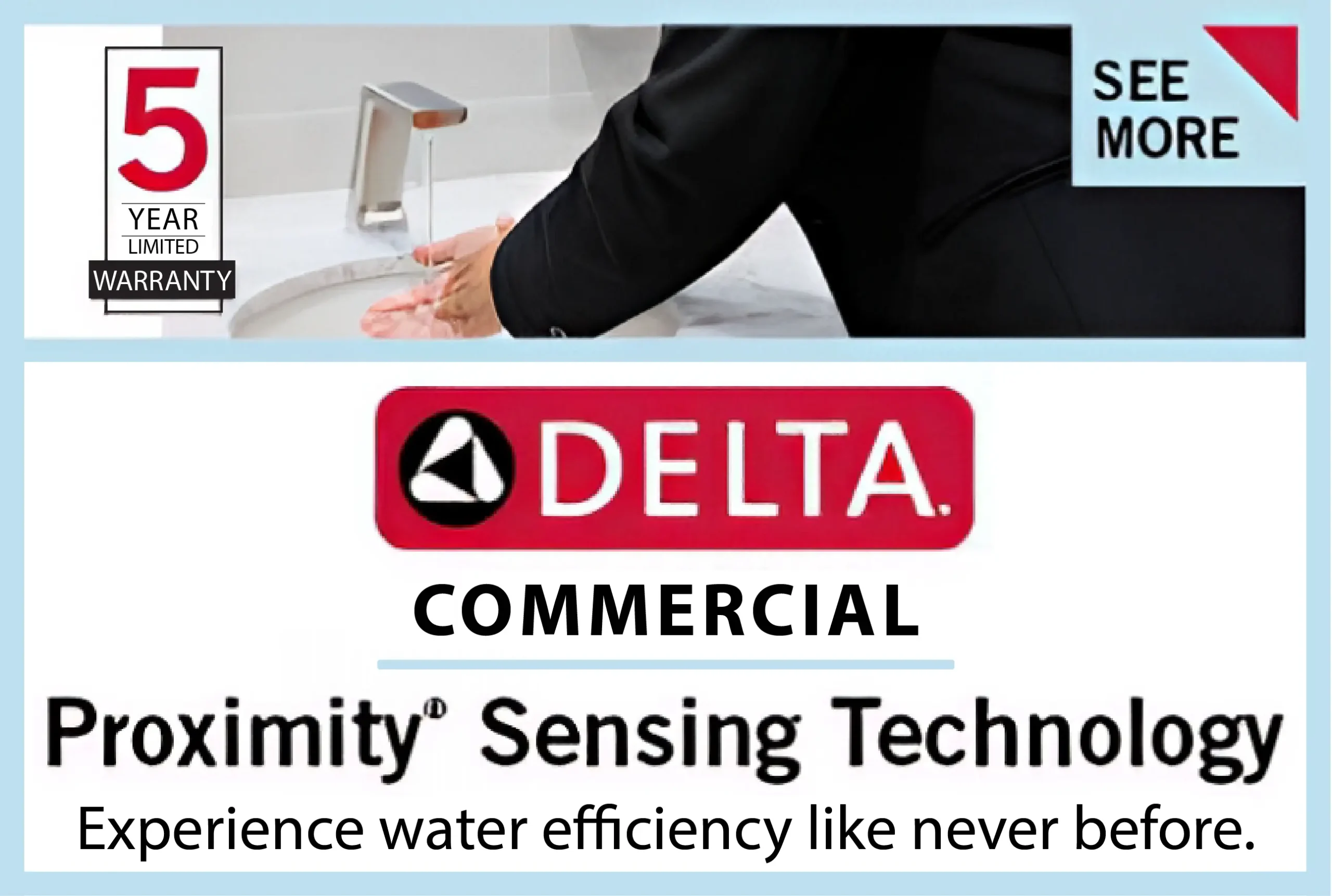Do you need to develop a workplace that can easily adjust to various needs?
Traditional office layouts struggle to adapt to the fast-changing demands present in today’s business world. Businesses require adaptable solutions that can undergo swift and efficient transformations when their needs change. That’s where modular office construction comes in.
Modular construction stands out because it delivers multiple benefits such as quick deployment and installation.
- Rapid deployment and installation
- Endless reconfiguration possibilities
- Significant cost savings over traditional methods
- Sustainable building practices
And the best part? You can make these modifications without creating major disturbances to your everyday business activities.
What you’ll discover:
- What Is Modular Office Construction?
- Key Benefits For Modern Workplaces
- Implementation Strategies That Work
- Cost Analysis & Market Growth
- Future Trends In Flexible Office Design
What Is Modular Office Construction?
The modular office construction method involves creating building units in a factory setting then assembling them at their final destination.
Unlike traditional construction that requires extensive on-site work, modular construction systems allow for simultaneous site preparation and module manufacturing, dramatically reducing project timelines.
The construction method has undergone considerable development throughout the last ten years. Modular construction systems now serve as advanced permanent office solutions that adjust to organizational requirements after initially serving temporary building purposes.
The core principle remains simple: Develop standardized building parts that enable effortless assembly and disassembly while allowing for adjustments when requirements evolve. Traditional construction methods lack the flexibility offered by this modern approach.
Key Benefits For Modern Workplaces
Numerous organizations are adopting modular office construction approaches. The benefits extend far beyond just flexibility.
Speed of Implementation
Businesses need to save time because it equals financial gain and modular construction provides notable time reductions. Modular construction provides a considerable 40% faster completion time compared to traditional methods which allows businesses quicker occupancy of their new spaces.
The construction process speeds up because site work and foundation preparation happens at the same time as module manufacturing, weather delays disappear as modules get built indoors and on-site assembly only takes days instead of months.
Companies facing rapid expansion or market adaptation needs can leverage this time benefit to capture business opportunities that might otherwise be lost.
Unmatched Flexibility
Modular construction stands out because it can easily adapt to changing needs. Modular systems enable offices to change layouts overnight without needing demolition and reconstruction unlike traditional office spaces.
Imagine being able to:
- Increase your meeting area to accommodate a major client presentation
- Create private offices during sensitive project phases
- Activate collaborative spaces whenever teamwork becomes essential
- Adjust your office dimensions in response to changes in staff numbers.
Businesses can use space optimization strategies to address current needs without being restricted by permanent layouts intended for future possibilities.
Cost Efficiency
Modular construction offers significant financial benefits that make it an attractive choice. Businesses can secure cost savings of up to 20% compared to conventional construction methods because modular construction demands less labor and produces less material waste.
The cost advantages of modular construction continue after initial building expenses through reduced energy bills from improved sealing, minimized renovation costs during space reconfiguration, decreased downtime during modifications and potential tax benefits from modular asset depreciation.
An analysis of total lifetime costs demonstrates that modular construction frequently offers a more financially appealing alternative compared to conventional building methods.
Sustainability Advantages
Modern businesses need to prioritize environmental factors and modular construction provides significant sustainable advantages.
Factory-produced modular construction generates 90% less construction waste while consuming less energy during building and decreasing transportation emissions which leads to better insulation quality for enhanced energy efficiency.
Modular components can usually be repurposed or reused in place of demolition which helps minimize environmental impact throughout the building’s lifecycle.
Implementation Strategies That Work
What steps must you take to achieve a successful move to a modular office environment? Executing this process demands detailed planning which yields significant benefits when properly implemented.
Assessment of Current & Future Needs
Begin with a detailed assessment of your existing space use and plan for your upcoming requirements. This means analyzing:
- Work patterns and team structures
- Meeting and collaboration requirements
- Growth projections for different departments
- Technology infrastructure needs
The best modular implementations start with a comprehensive grasp of current necessities along with future possibilities.
Phased Approach
Implementing a phased office transformation strategy instead of a complete overhaul all at once ensures better management of change.
- Start by using a pilot area to test your concepts and collect feedback
- Adjust your strategy by observing how staff members actually use modular spaces.
- Extend the transformation to additional office areas over time
- Continuously evaluate and adjust as needed
This strategic method reduces operational interruptions while supporting your team to slowly transition into new workplace settings.
Cost Analysis & Market Growth
To understand modular construction’s financial impact one must examine total lifecycle value rather than just initial expenses.
The modular construction market shows rapid growth with projections estimating an increase from $101.67 billion in 2024 to $150.79 billion by 2029 which demonstrates a strong upward trajectory for the industry.
Comprehensive analysis shows modular construction generally provides better returns over medium to long periods because reconfiguration costs can be reduced by up to 80% compared to traditional renovation expenses.
Future Trends In Flexible Office Design
The modular office construction industry shows rapid evolution as multiple upcoming trends promise to boost workplace adaptability.
Integration with Smart Building Technology
Modern modular systems are increasingly incorporating advanced technology: These systems employ integrated sensors to track occupancy and environment conditions and use automated controls to modify lighting and temperature settings while enabling mobile app space reconfiguration alongside data analytics tools to maximize utilization.
The combination of technology and infrastructure generates dynamic environments which autonomously adjust to meet evolving workplace demands.
Sustainability Innovations
Environmental considerations are driving significant innovation in the modular space: Environmental innovation features bio-based and recycled materials together with zero-waste manufacturing processes and a circular economy system that promotes energy-neutral module designs and module reuse.
Modular construction’s sustainability advancements make it not only the most flexible option but also the top environmentally responsible choice.
Bringing It All Together
Traditional construction methods cannot compete with modular office construction which delivers extraordinary flexibility combined with superior efficiency and sustainability.
With benefits that include:
- 40% faster implementation than traditional construction
- Implementing modular office construction methods can result in cost savings of up to 20% through decreased waste materials and labor expenses.
- Unlimited reconfiguration possibilities
- Improved environmental performance
- Enhanced employee satisfaction through optimized workspaces
Businesses increasingly adopt modular approaches because they demonstrate success in enabling organizations to adapt to new circumstances while managing expenses and lowering environmental effects.
A flexible office setting that transforms alongside business evolution is increasingly required to maintain competitive advantage as business change speeds up.
Organizations that adopt modular office construction today prepare themselves to handle present needs and future unexpected challenges with confidence and flexibility.












